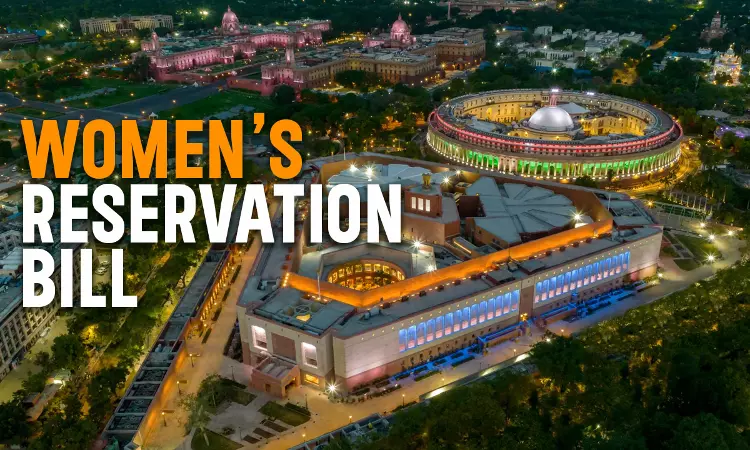Explainer : Why Women's Reservation Bill Didn't Require Ratification By State Assemblies?
Awstika Das
30 Sept 2023 1:06 PM IST

Next Story
30 Sept 2023 1:06 PM IST
Yesterday, the President of India signed into law the women’s reservation bill that passed both houses of parliament with broad bipartisan support earlier this month. The Constitution (One Hundred and Sixth Amendment) Act, 2023 seeks to reserve one-third of seats for women in the Lok Sabha, the upper houses of the state legislatures, and the Delhi legislative assembly. Not only this, the...
